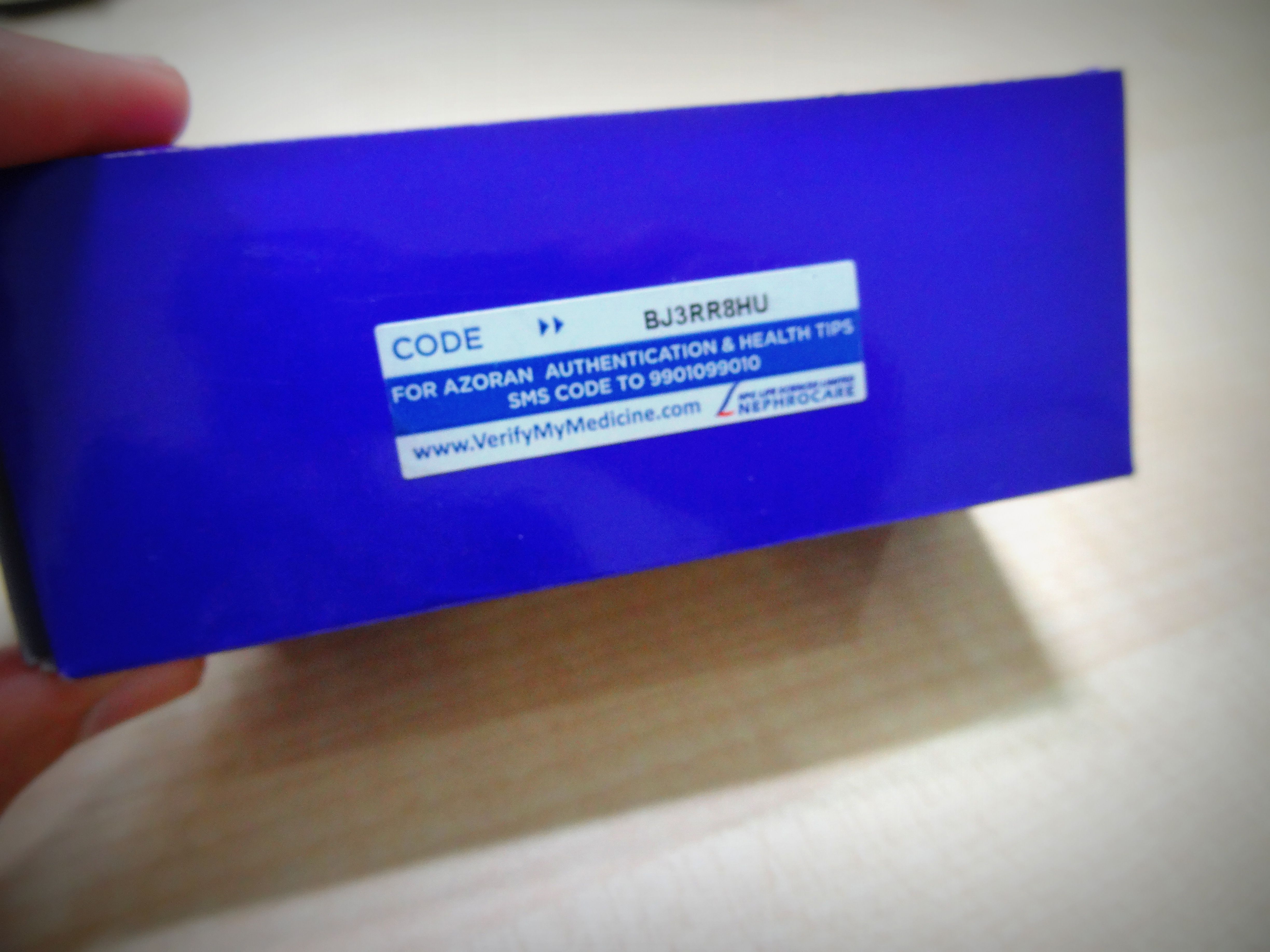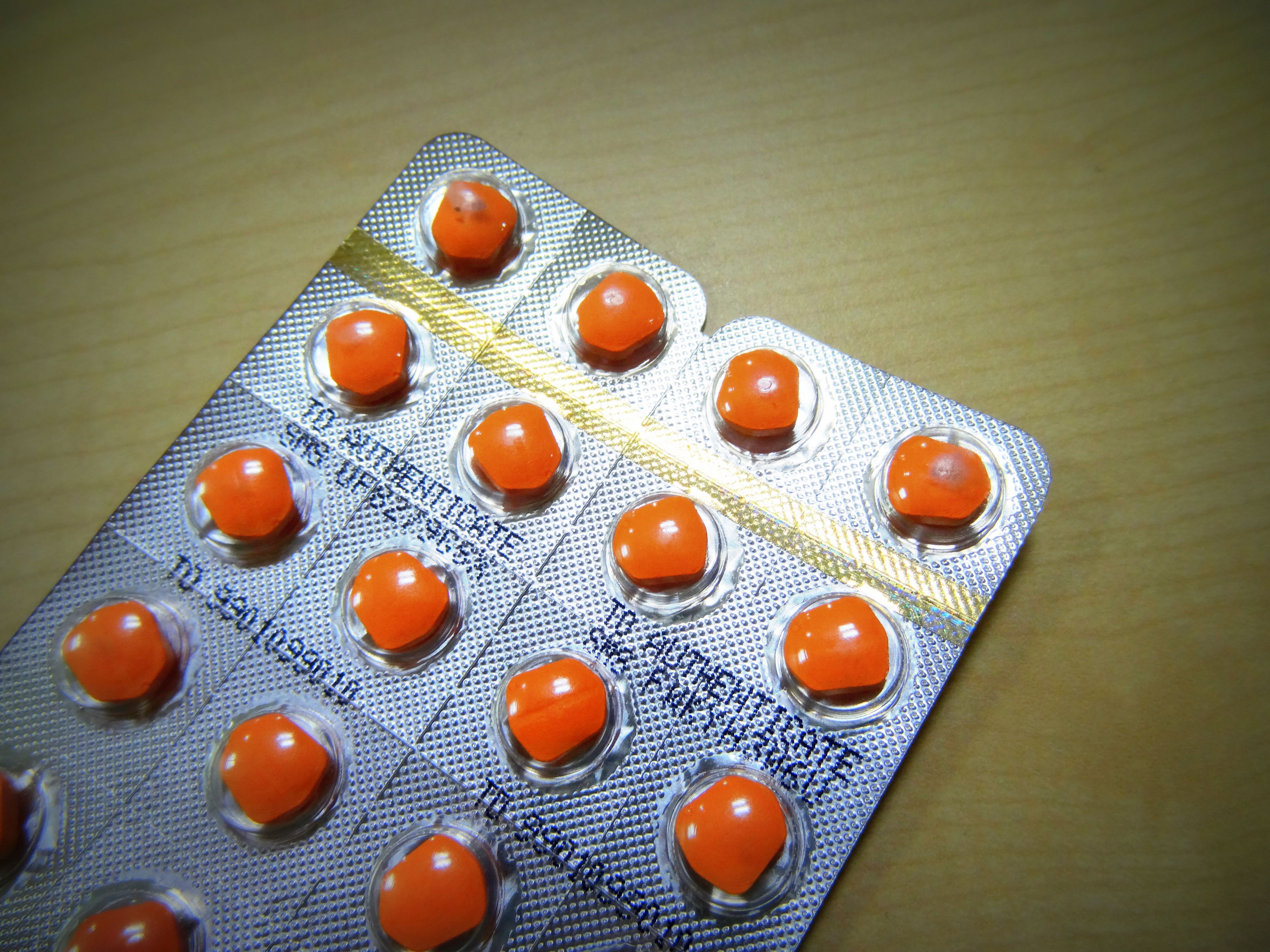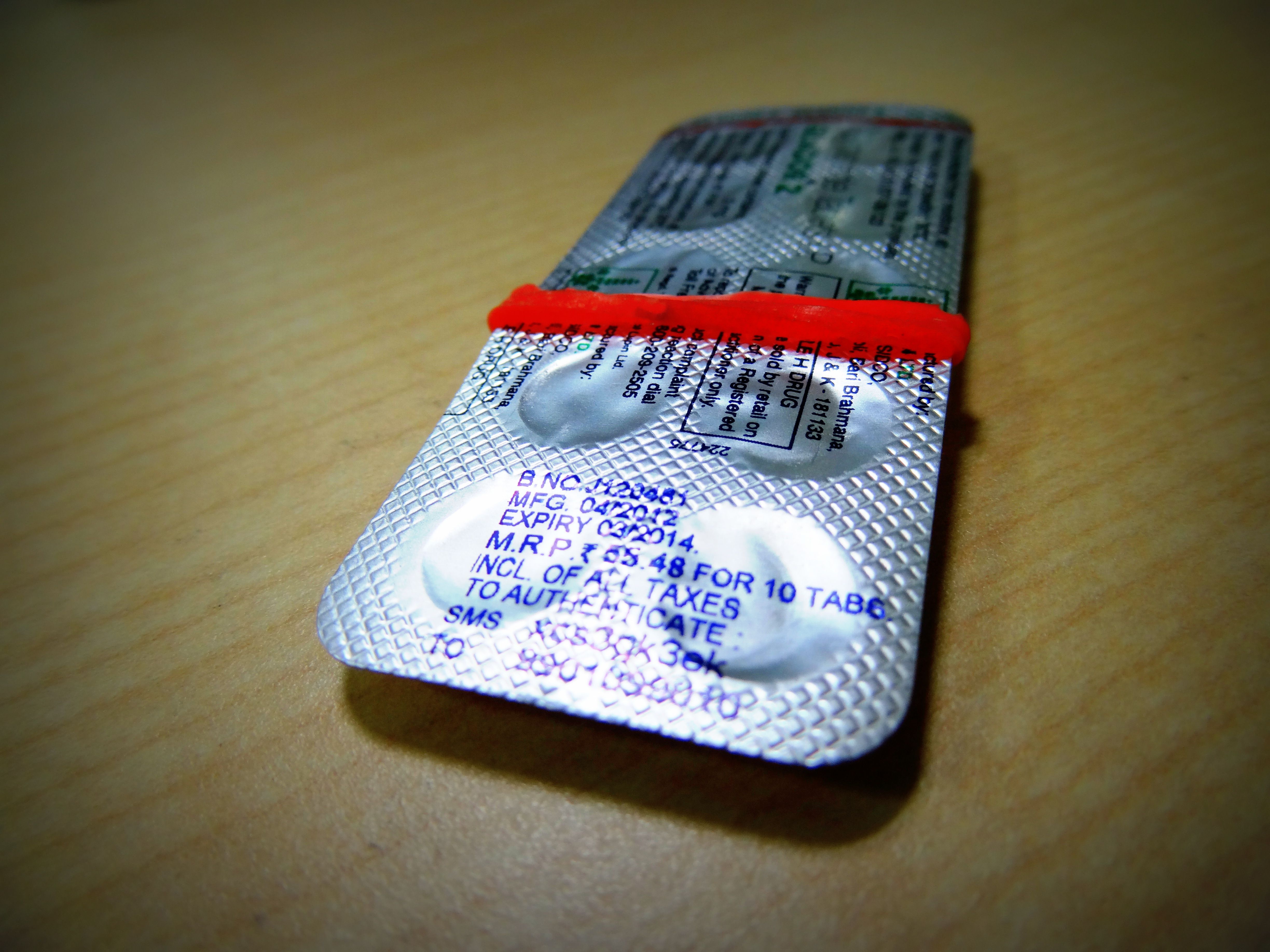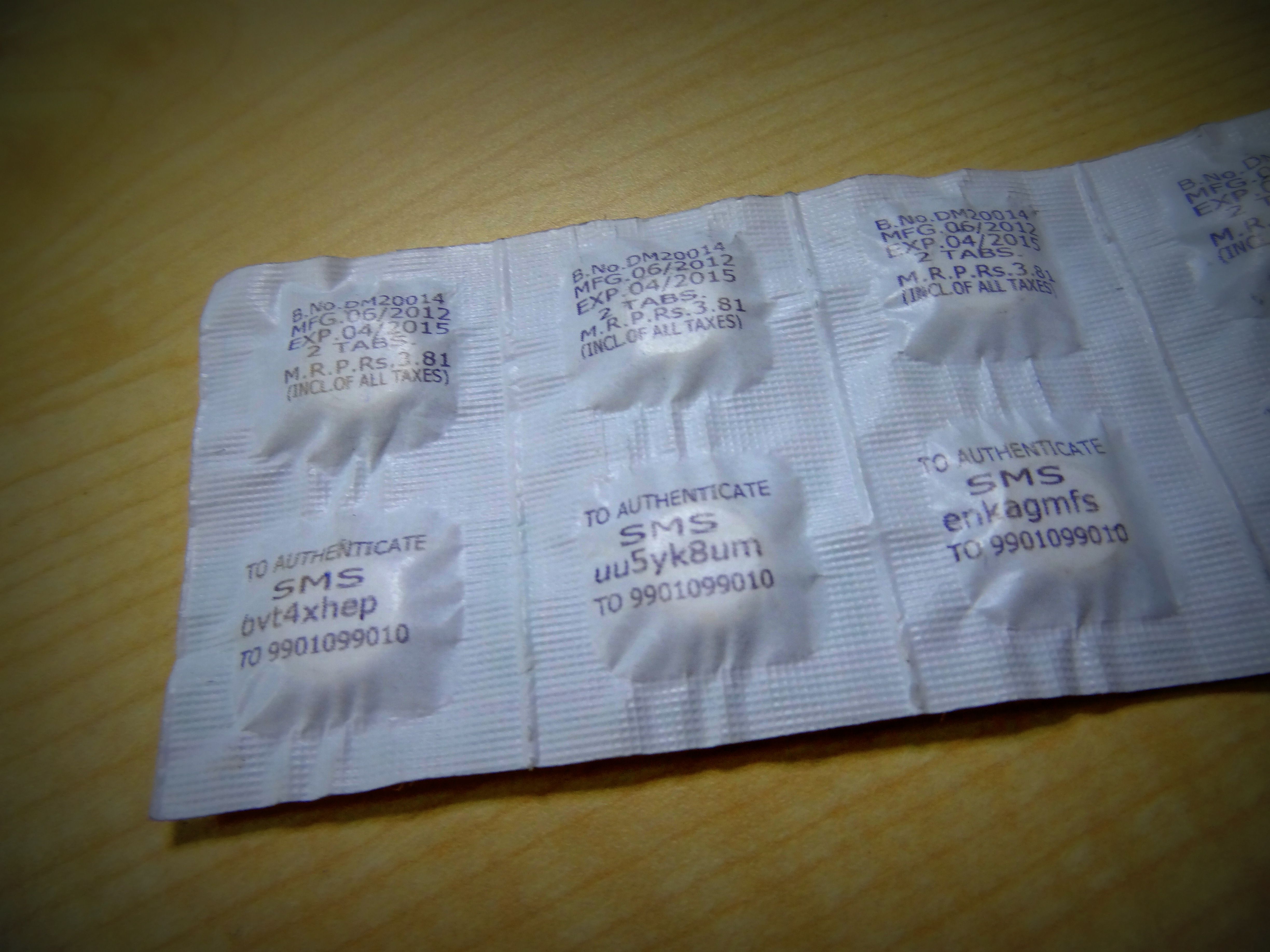The cell phone is now helping in the battle against fake or substandard drugs.
The naked eye cannot tell whether a drug is genuine or counterfeit. So mHealth companies that rely on mobile devices have found an alternative solution – codify meds that can be verified via SMS (short message service). That means the low-income consumer who cannot afford to buy branded medicines, or only has access to “makeshift” pharmacies, can now SMS the code on the medicine packet to see if it’s real – or fake.
Sproxil, mPedigree, and PharmSecure are three companies that have taken this idea to market. Unlike its competitors, PharmaSecure has concentrated its efforts in India. I watched them codify medicines in their Gurgaon offices and met up with one of the founders, Nathan Sigworth, to learn more about this public health challenge.
PharmaSecure estimates that they’ve serialized 500 million packets. But that’s still only a fraction of the pharmaceutical market in India – and serialization doesn’t translate into verification. This start-up is hoping to scale up in the coming year, deepening its footprint in India and venturing to Nigeria as well.
The images above show a sample of meds printed with authentication codes.







